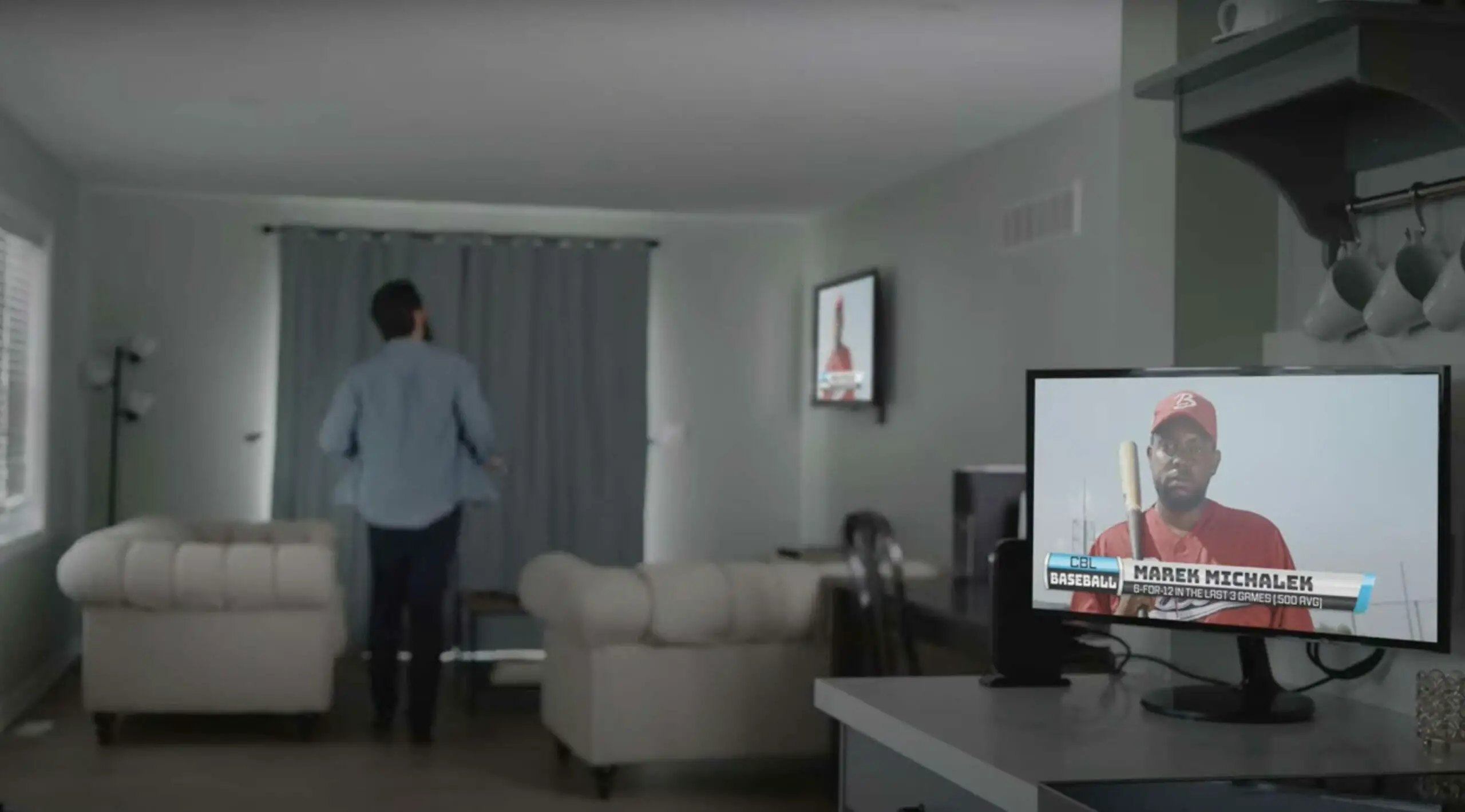Ever wondered how to mirror two TVs wirelessly and enjoy the same content on both screens? It’s a great solution if you want to stream your favorite movie or show in different rooms without the hassle of wires running across the floor.
You can achieve this setup quickly with the right hardware and simple instructions.
Quick Overview for Mirroring TVs with Different Devices
| Device | Steps |
|---|---|
| Android TV | 1. Connect both TVs to the same Wi-Fi network. 2. Set up Chromecast. 3. Use a Chromecast-compatible app on the second TV. |
| Samsung TV | 1. Connect both TVs to the same Wi-Fi network. 2. Use Smart View technology. |
| Apple TV | 1. Connect both Apple TVs to the same Wi-Fi network. 2. Use AirPlay technology. |
| Windows PC | 1. Connect Windows PC and smart TV to the same Wi-Fi network. 2. Use Miracast technology. 3. Use an HDMI splitter to connect to a second TV. |
With that, I’ll walk you through everything you need to wirelessly mirror two TVs together, from choosing the right equipment to setting up the connection. So, let’s dive right in and make your home viewing experience more seamless!
Setting Up Your Wireless Network
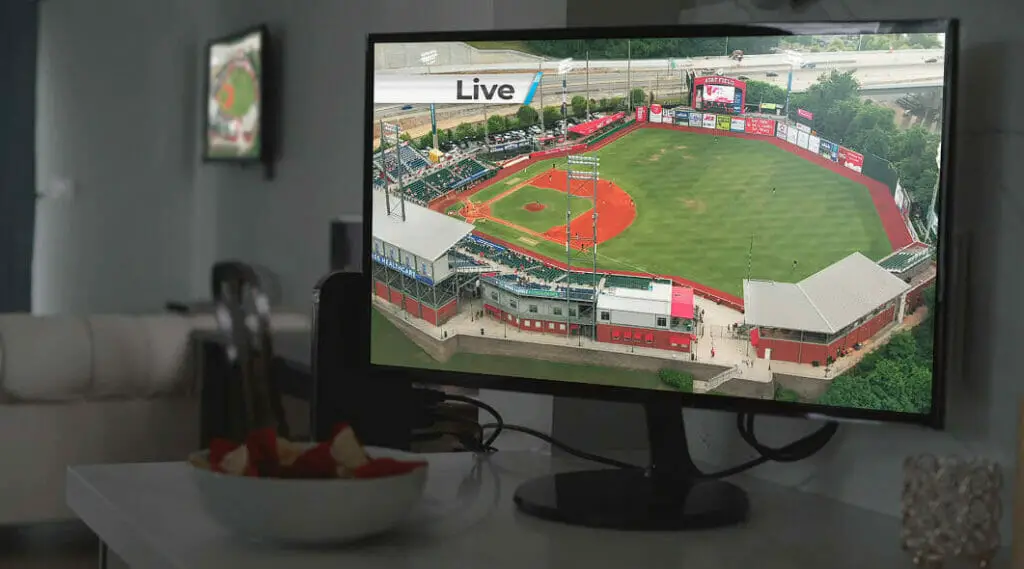
Wi-Fi Network Requirements
One key factor that comes into play when mirroring two TVs wirelessly is our Wi-Fi network. We need a strong, reliable Wi-Fi connection to make this magic happen. Here are some essential requirements to consider:
- Ensure you have a dual-band router that supports 2.4 GHz and 5 GHz frequencies. The 5 GHz frequency provides better speeds, stability, and overall performance.
- The router should be placed in your home’s central location to ensure even coverage. Positioning it too far away in a corner could lead to spotty connections and poor performance.
- Bandwidth is another crucial factor. If you’re streaming high-quality content, you’ll need more bandwidth than just browsing the web. Check your internet plan for adequate speed and data allowance.
Mirroring Technologies for Connecting Two TVs
I love wirelessly mirroring content from one TV to another. So, let me help you explore three popular wireless screen mirroring technologies that’ll make your life easier.
Comparison of Screen Mirroring Technologies
| Technology | Description | Pros | Cons | Ideal for |
|---|---|---|---|---|
| Chromecast | Google’s streaming device | Affordable, easy-to-use | Requires Google Home App | Google device users |
| AirPlay | Apple’s wireless streaming tech | Seamless integration with Apple devices | Works primarily with Apple devices | Apple device users |
| Miracast | Open standard for sharing content | Wide device compatibility | Some devices may lack support | Wide range of device users |
Chromecast
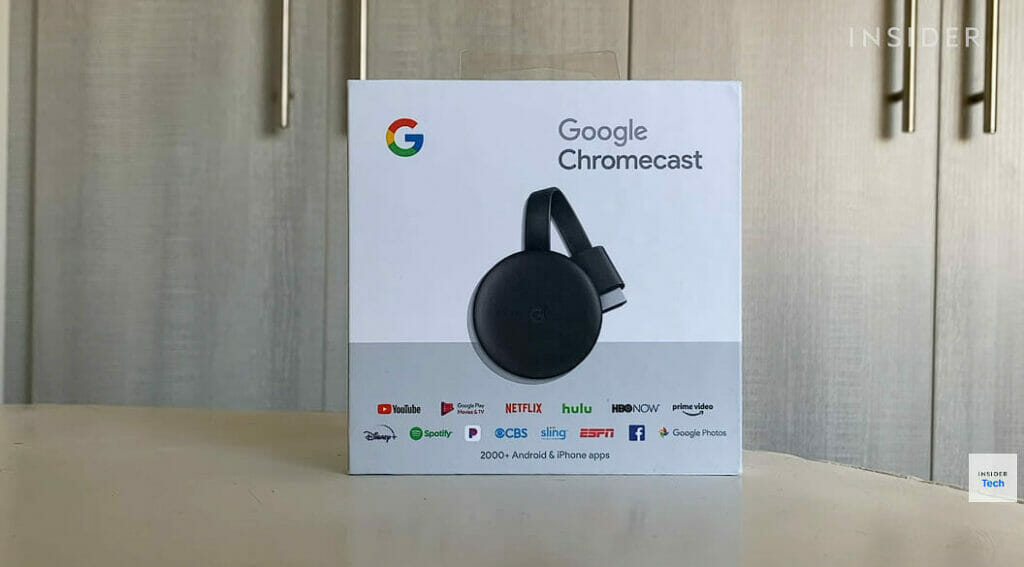
Google’s Chromecast is an affordable, easy-to-use device for wirelessly streaming content to your TV. Here’s a brief rundown on how to mirror two TVs using Chromecast:
- Connect a Chromecast device to each TV’s HDMI port.
- Install the Google Home app on your smartphone or tablet.
- Set up both Chromecast devices in the app, and make sure they’re on the same Wi-Fi network.
- Open a compatible app (like YouTube or Netflix) and tap the Cast icon.
- Choose one of the Chromecast devices and start streaming.
- Open the Google Home app again, tap the first TV, and select “Cast my screen.”
- Pick the second Chromecast device, and you’ll see the same content on both TVs!
AirPlay
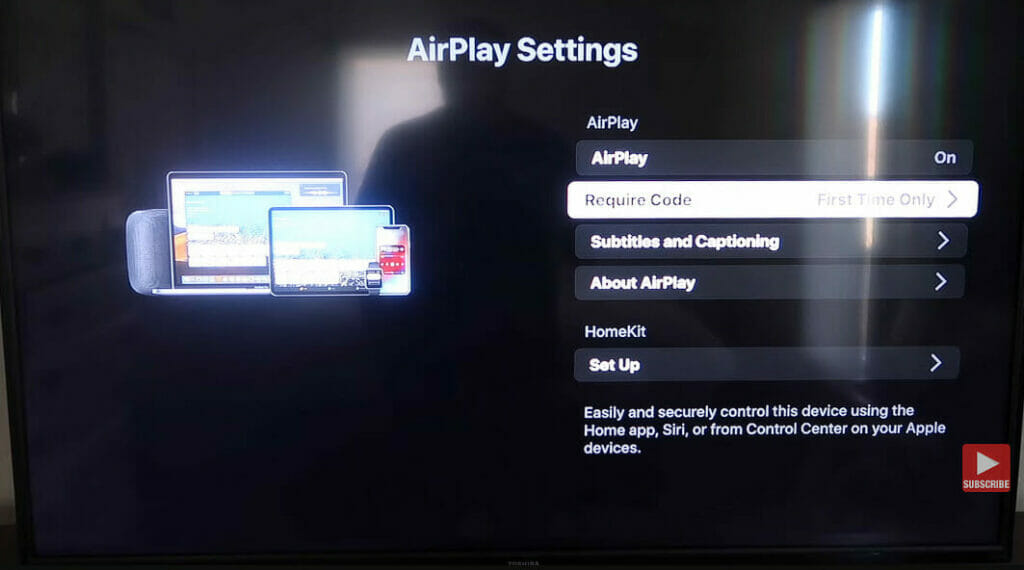
Apple’s AirPlay is a fantastic solution for those in the Apple ecosystem. Here’s how you can mirror your screen to two TVs using AirPlay:
- Make sure you have two AirPlay-compatible devices (like Apple TV) connected to your TVs
- Connect both devices to the same Wi-Fi network.
- Swipe down from the top-right corner of your iPhone or iPad and open the Control Center.
- Tap “Screen Mirroring” and select one of the AirPlay devices.
- Now your screen will be mirrored to the first TV.
- To mirror the second TV, download a third-party app like AirBeamTV on your Mac or iOS device, and follow the app’s instructions to connect to the second AirPlay device.
Miracast
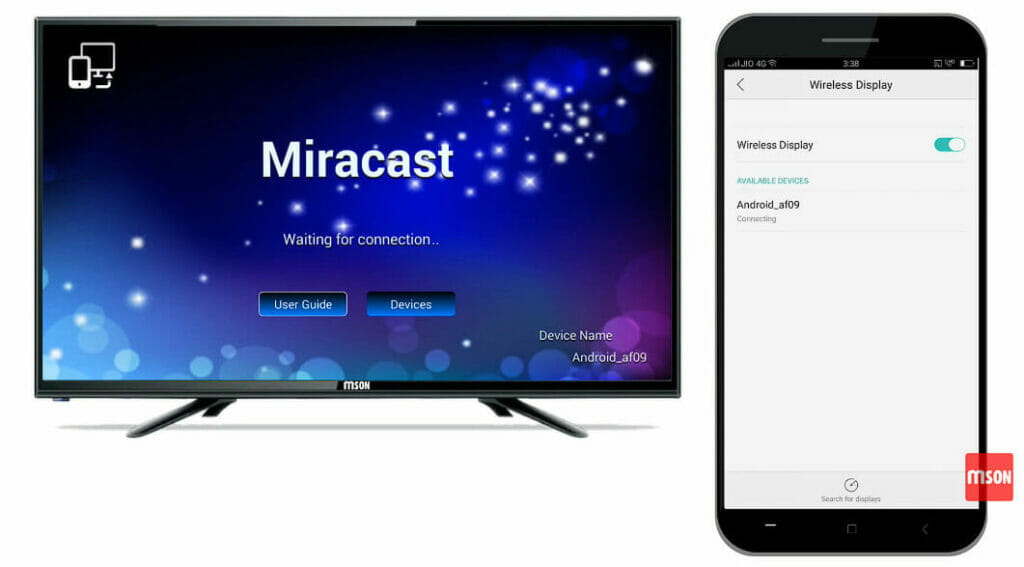
Using Miracast offers an open standard for sharing content wirelessly across compatible devices. Follow these steps to mirror content to two TVs using Miracast:
- Make sure both TVs support Miracast or have a Miracast-compatible device connected.
- Connect Miracast devices to the same Wi-Fi network.
- On your Windows laptop or Android device, open the Action Center and click “Connect.”
- Choose one of the Miracast devices and start screen mirroring.
- To mirror your screen to a second TV, you will need a Windows 10 PC with similar capabilities as your first device. Set up a second mirroring session by repeating steps 3 and 4 on that PC.
These three technologies make it easy to mirror content from your devices to not just one, but two TVs! Now you can enjoy your favorite movies, games, and presentations on multiple screens without sacrificing quality or convenience.
Extending Screen Mirroring to Multiple TVs
Mirroring content to multiple TVs can be a game-changer for home entertainment or presentations. There are more methods to achieve this, and in this section, I’ll cover Ditto Receiver and Ditto Account, Video Wall Controllers, and HDMI Splitters.
Ditto Receiver and Ditto Account
With a Ditto Receiver and Ditto Account, you can wirelessly extend your screen to multiple TVs using a single source. Setting up Ditto is pretty simple, and I’ll walk you through the steps:
- First, you’ll need to purchase a Ditto Receiver for each TV you want to connect.
- Next, create a Ditto Account and ensure your TVs and source device are on the same network.
- Download the Ditto app on your source device.
- Enter the assigned Ditto code on your source device, and it will automatically connect to the TVs.
This is perfect for businesses or schools, as Ditto doesn’t require extra hardware like cables and adapters.
Video Wall Controllers
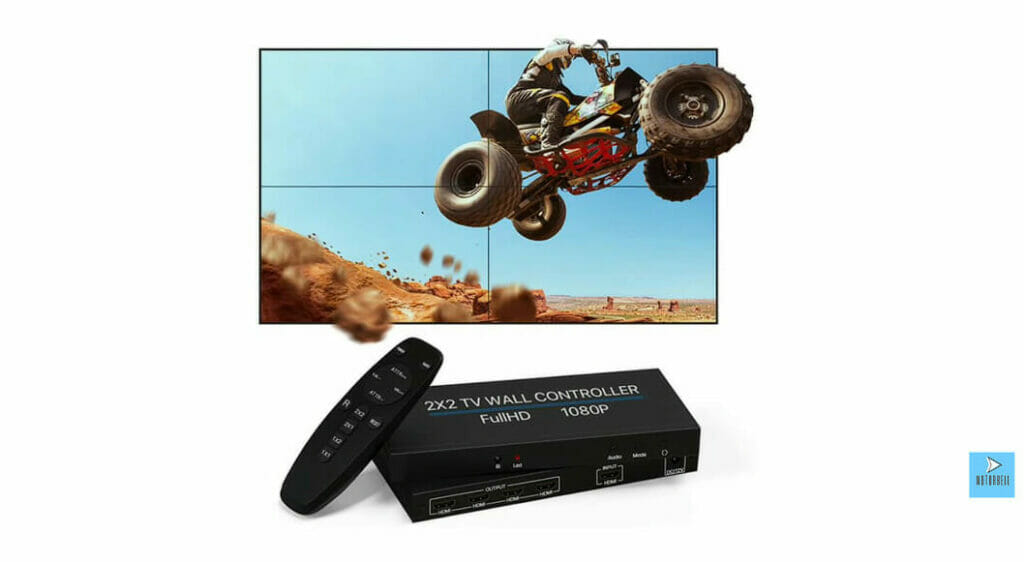
Video Wall Controllers are another option for extended display across multiple TVs. These devices act as the brain behind your video wall, synchronizing and connecting your content to the TVs. Here’s a quick guide:
- Find a video wall controller compatible with your setup.
- Connect the source device to the controller using an HDMI cable.
- Connect the TVs to the controller’s output ports.
- Use the controller’s interface to configure the layout and display settings.
If you need a highly-customizable solution and can invest in high-end hardware, video wall controllers are an excellent choice.
HDMI Splitters
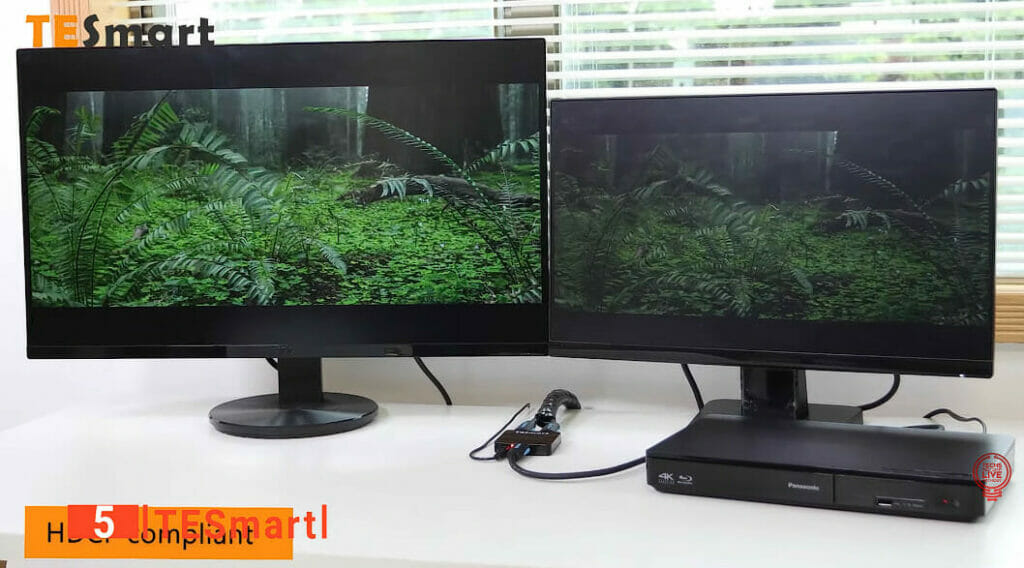
Finally, HDMI Splitters are affordable and straightforward to mirror your content on multiple TVs. They work as a video distribution amplifier, replicating the source’s signal to multiple outputs. Follow these steps:
- Purchase an HDMI splitter with enough output ports for your TVs.
- Connect the source device to the splitter’s input port using an HDMI cable.
- Connect each TV to the output ports of the splitter using their HDMI cables.
- Power on the HDMI splitter and ensure all TVs are on the same input channel.
There are three more methods for extending screen mirroring to multiple TVs. Whether you choose Ditto, a video wall controller, or an HDMI splitter, you’ll change how you share and enjoy the content.
Mirroring Two TVs with Certain Devices
| Device | Step 1 | Step 2 | Step 3 | Step 4 | Step 5 |
|---|---|---|---|---|---|
| Android TVs | Connect TVs to the same Wi-Fi network | Go to Settings > Device Preferences > Chromecast Built-in > Ambient Mode on the source Android TV | On the destination TV, install a Chromecast-compatible app and open it | Find your source Android TV in the list of devices and tap on it | Tap Start casting |
| Samsung TVs | Ensure both Samsung TVs are connected to the same Wi-Fi network | Press the Source button on your remote on the source Samsung TV and choose Screen Mirroring | Press the Source button on the destination Samsung TV and select Screen Mirroring | The source TV should now appear on the destination TV’s list of devices | Select the source TV and start mirroring |
| Apple TVs | Connect both Apple TVs to the same Wi-Fi network | Swipe up from the bottom of the screen on the source Apple TV to access the Control Center | Tap Screen Mirroring and choose the destination Apple TV from the list | Enter the AirPlay passcode on the destination TV (if prompted) | Start mirroring |
| Windows PCs | Ensure your Windows PC and smart TV are connected to the same Wi-Fi network | Press the Win + K shortcut on your Windows PC to open the Connect panel | Go to Settings > Network > Miracast/Wi-Fi Direct on the smart TV and enable it | Select your smart TV from the list of available devices on the Windows PC and click Connect | Use an HDMI splitter to mirror the connected smart TV to another one |
Screen Mirroring Tips and Troubleshooting
Audio and Video Quality
When mirroring two TVs wirelessly, one of the first things I pay attention to is audio and video quality. Ensuring both TVs receive the same image and sound quality level is vital.
A couple of things I’ve learned to consider for better audio and video quality include:
- Use a Wi-Fi-based solution, like Chromecast, instead of Bluetooth for a more stable connection and higher-quality streaming. Here’s a helpful article on how to use Chromecast for multiple TVs.
- Ensure your internet connection is strong and stable – issues with buffering or lag can be detrimental to the mirroring experience.
Common Connectivity Issues
It’s quite common to experience connectivity issues when mirroring two TVs, so I’ve got you covered with a few troubleshooting tips:
- If your TV isn’t connecting to the wireless display adapter, use the Microsoft Support guide to ensure your PC is set up properly.
- Reboot your devices. This can work wonders! Try turning off your TVs, media source, and any wireless display adapter, then restart them all.
- If your displays keep losing connection, ensure that both TVs are well within the adapter’s range and there are no obstructions.
I trust these tips will make your screen mirroring experience smoother and more enjoyable.
References
Organizations:
- Wi-Fi Alliance. https://www.wi-fi.org/
Books:
- “My Smart Home for Seniors Que Publishing” by Michael Miller
Websites:
- Antenna Junkies. https://www.antennajunkies.com/
- How-To Geek. https://www.howtogeek.com/
- AirPlay. https://www.apple.com/ph/airplay/
- Google Support: Chromecast. https://support.google.com/chromecast/chromecast/?hl=en
Video References
Tech·WHYS
Nyrius
Insider Tech
Juan Camacho
MSON India
Motorbell
Techs You Can’t Live Without

